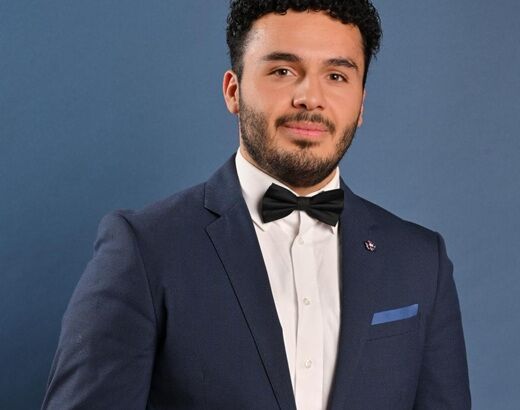2025 edition of the ALAI European Authors’ Right Award awarded to Erik Mnatsakanyan
The 2025 edition of the ALAI European Authors’ Right Award, supported by GESAC, was awarded to Erik Mnatsakanyan for his essay “Les oeuvres générées par intelligence artificielle : inévitablement considérées comme oeuvres dérivées ?”

The essay title translates to English as: “AI-Generated works: Inevitably considered derivative works?”
Mr. Erik Mnatsakanyan studies at Nantes University (France), where he is completing is second master in Intellectual Property Law.
Read the winning essay here (only available in French).